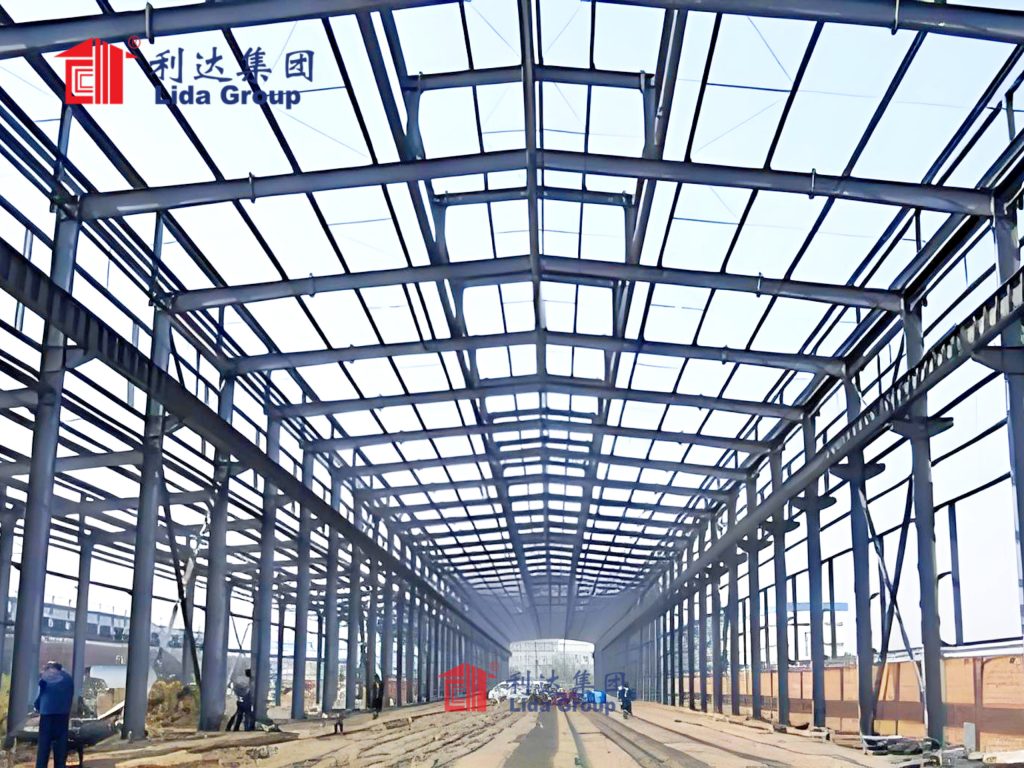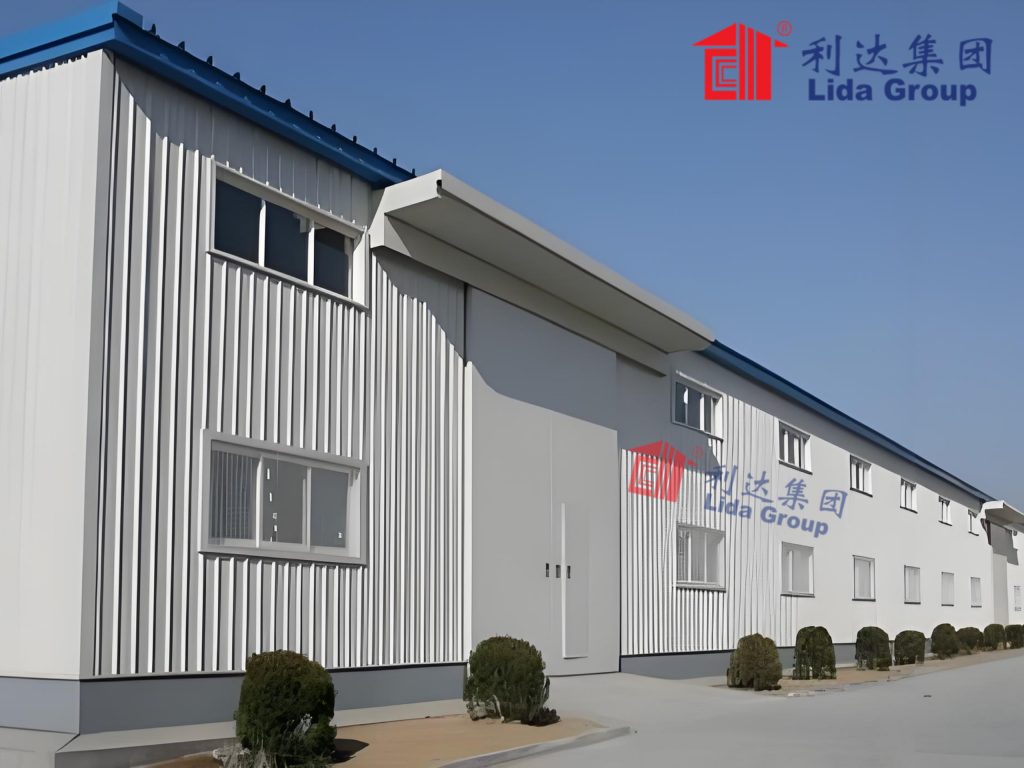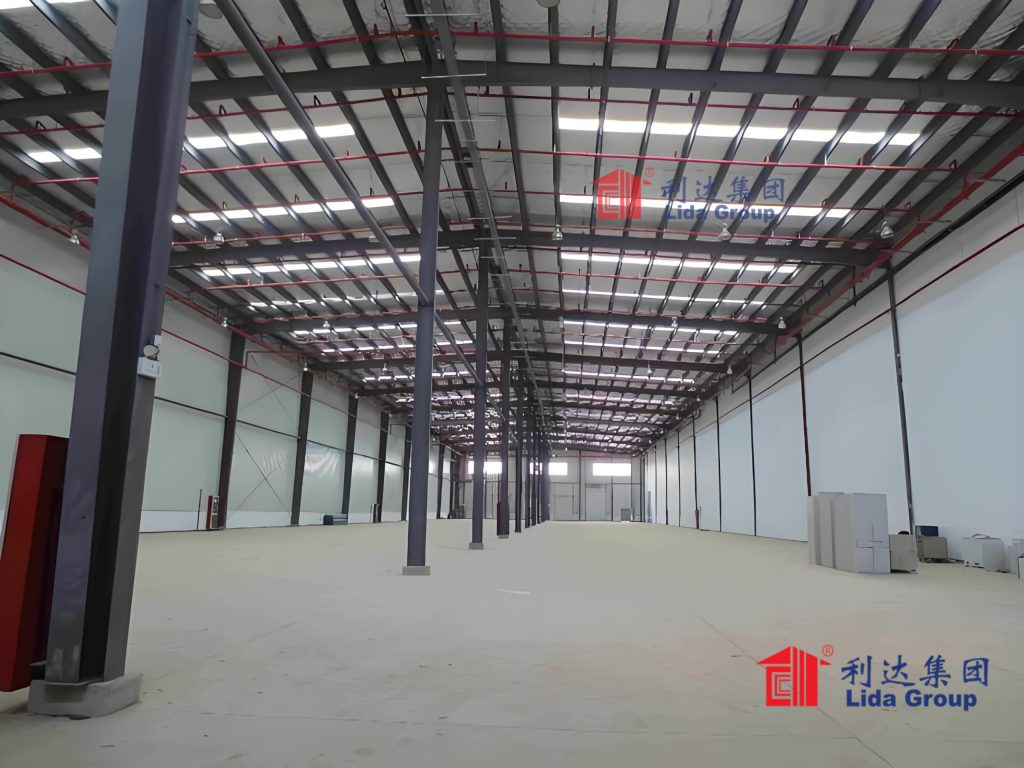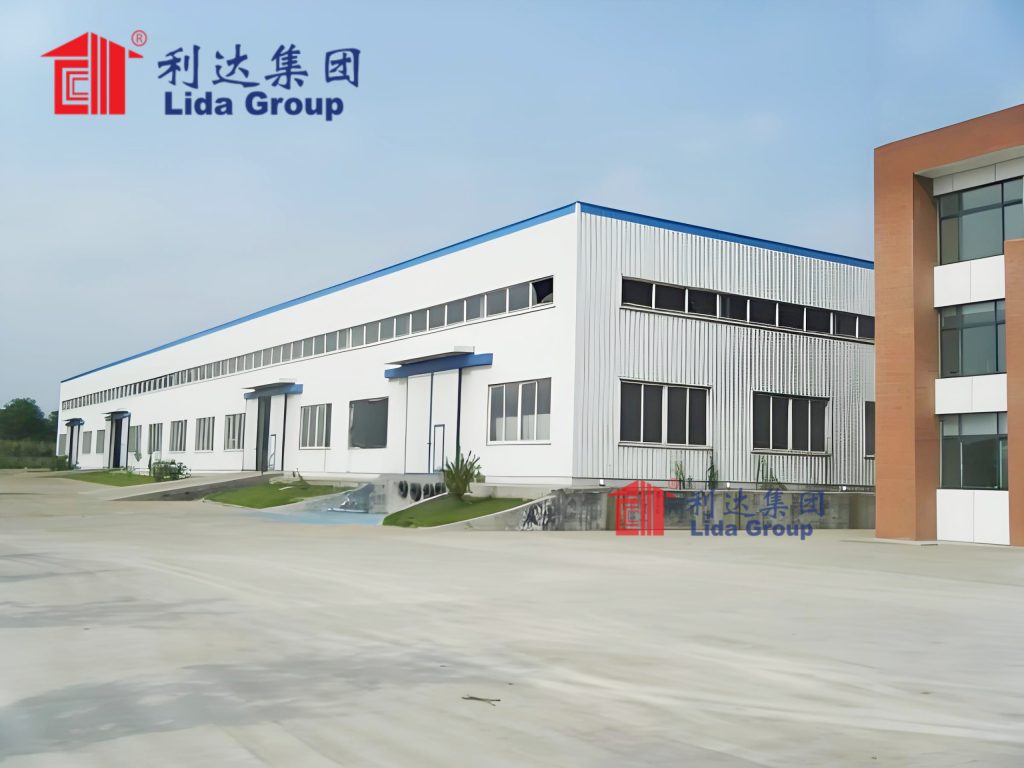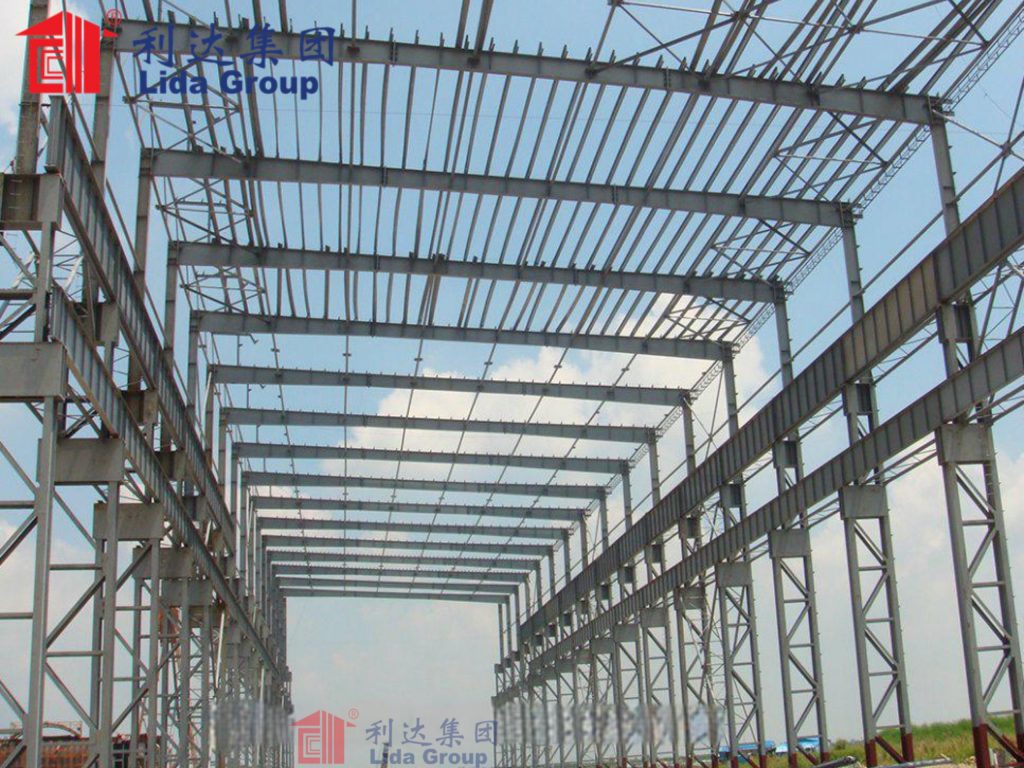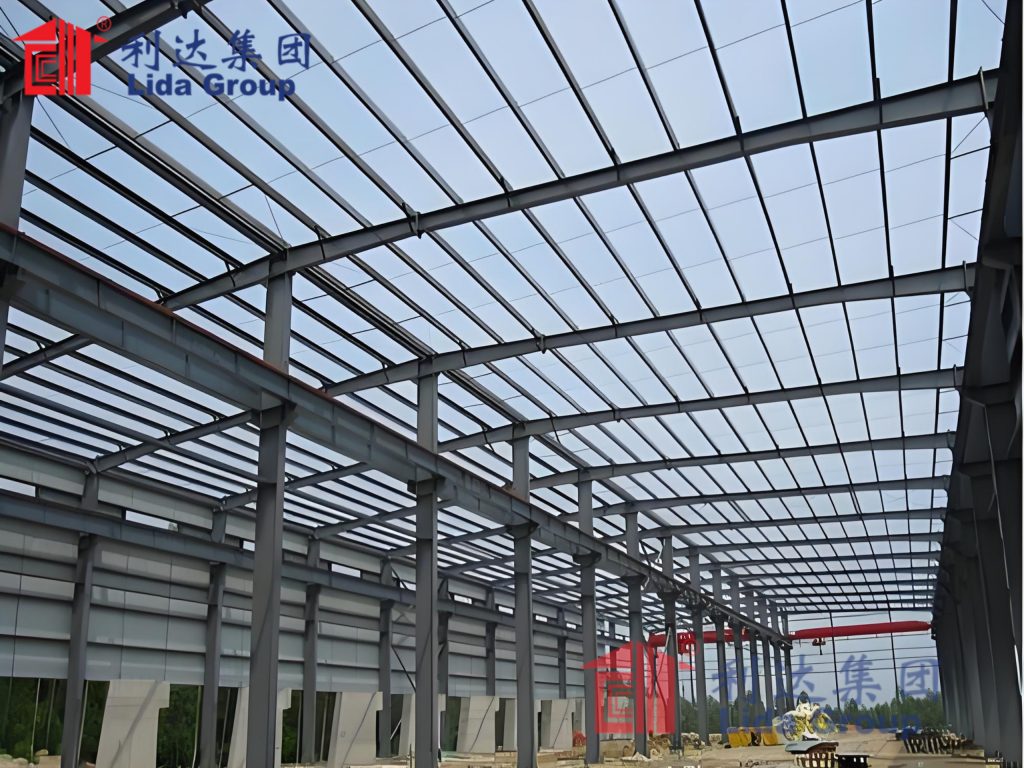The Impact of the Pandemic on Global Logistics
The global logistics industry has experienced unprecedented upheaval due to the pandemic, presenting both challenges and opportunities. Before the outbreak, supply chains operated with a degree of predictability and efficiency that supported seamless international trade. However, the sudden onset of the pandemic disrupted these well-established systems, leading to widespread disruptions in transportation networks, port congestion, and labor shortages. Lockdowns and travel restrictions further exacerbated these issues, causing delays and increased costs across the sector.
In response to these challenges, companies were forced to adapt rapidly. Many turned to digital solutions to streamline operations, adopting technologies such as real-time tracking systems, cloud-based logistics platforms, and advanced data analytics to enhance visibility and decision-making. This shift towards digitalization not only helped mitigate immediate disruptions but also laid the groundwork for future resilience and flexibility.
On the flip side, the pandemic also created new opportunities within the logistics sector. The surge in e-commerce, driven by consumers shifting their shopping habits online, led to an increased demand for warehousing and distribution centers. Companies capable of quickly scaling up their infrastructure to meet this growing need found themselves at a competitive advantage. Moreover, the heightened focus on health and safety protocols spurred innovations in logistics practices, including contactless delivery services and enhanced sanitation measures.
Overall, the pandemic acted as a catalyst for transformation within the logistics industry. It highlighted the importance of agility and innovation in overcoming unexpected disruptions and set the stage for long-term advancements that will shape the future of global supply chains. As businesses continue to navigate through these changes, they are better equipped to handle future crises while embracing new opportunities for growth and development.
Lida Group’s Role in the Post-Pandemic Logistics Boom
Lida Group has emerged as a key player in addressing the logistical challenges brought about by the pandemic, particularly through its high-quality steel warehouse production. Recognizing the urgent need for robust storage facilities amidst the surging demand for warehousing space, the company leveraged its expertise in steel construction to provide scalable and durable solutions. These warehouses are designed to support the rapid expansion of logistics operations, ensuring that businesses can efficiently manage increased inventory levels and streamline their supply chains.
One of the primary advantages of Lida Group’s steel warehouses is their ability to be swiftly constructed and customized according to specific requirements. The modular nature of these structures allows for quick assembly and easy modifications, enabling companies to scale their operations as needed without significant downtime. Additionally, the use of high-grade materials ensures that these warehouses are built to last, providing reliable storage solutions even under demanding conditions.
Furthermore, Lida Group’s commitment to quality extends beyond just the physical attributes of its warehouses. The company places a strong emphasis on sustainability, incorporating eco-friendly designs and energy-efficient features into its constructions. For instance, many of the steel warehouses come equipped with advanced insulation systems that reduce heating and cooling costs, contributing to lower operational expenses over time. These environmentally conscious practices align with the broader trend towards greener logistics operations, making Lida Group’s solutions particularly attractive to forward-thinking enterprises.
By offering flexible, sustainable, and high-performance warehouse solutions, Lida Group plays a crucial role in supporting the post-pandemic logistics boom. Its contributions help businesses adapt to the evolving landscape of global trade, ensuring they remain resilient and competitive in an increasingly dynamic market environment.
Introduction to Automated Frame Assembly Technology
Automated frame assembly technology represents a revolutionary advancement in the construction of steel warehouses, significantly enhancing efficiency and precision. At the heart of this innovation lies a sophisticated system of robotic arms and computer-controlled machinery that meticulously fabricate and assemble structural components. Unlike traditional manual methods, which are prone to human error and inconsistencies, automated frame assembly ensures uniformity and accuracy throughout the manufacturing process. This level of consistency not only improves the overall quality of the structures but also reduces the likelihood of costly rework or repairs.
One of the most notable benefits of this technology is its remarkable speed. By automating repetitive tasks such as cutting, welding, and fastening, the production line can operate continuously, drastically cutting down the time required to complete each project. In fact, studies have shown that automated frame assembly can increase production rates by up to 50%, allowing for faster turnaround times and quicker deployment of warehouse facilities. This acceleration is particularly advantageous in meeting the urgent demands of the post-pandemic logistics boom, where timely access to additional storage space is critical.
Precision is another key advantage offered by automated frame assembly. Advanced sensors and software ensure that every component is manufactured and assembled to exact specifications, resulting in structures that meet stringent quality standards. This precision minimizes material waste and optimizes resource utilization, leading to cost savings for both manufacturers and end-users. Furthermore, the integration of Building Information Modeling (BIM) systems enables seamless coordination between design and fabrication stages, facilitating smoother project execution and reducing potential errors.
Beyond speed and precision, automated frame assembly technology contributes to improved workplace safety. By delegating hazardous tasks to machines, it minimizes exposure to risks associated with heavy lifting, welding fumes, and other dangerous activities typically involved in steel construction. Workers can focus on supervisory roles and complex problem-solving, fostering a safer and more productive work environment.
Lastly, the scalability of automated frame assembly supports the rapid expansion needs of logistics operations. Modular components produced through automation can be easily adapted to various sizes and configurations, allowing for flexible warehouse layouts that cater to diverse business requirements. This adaptability ensures that companies can quickly respond to changing market demands without compromising on quality or efficiency.
In summary, automated frame assembly technology revolutionizes the construction of steel warehouses by delivering unparalleled efficiency, precision, and safety. These advancements make it an indispensable tool for companies like Lida Group, enabling them to meet the escalating demands of the logistics industry with high-quality, scalable solutions.
Detailed Explanation of Automated Frame Assembly Process
The automated frame assembly process begins with meticulous planning and preparation, leveraging advanced software tools to create precise digital models of the warehouse frames. Initially, engineers input detailed design specifications into Building Information Modeling (BIM) systems, which generate comprehensive blueprints and coordinate the fabrication of individual components. This step ensures that every part is crafted to exact dimensions, eliminating potential discrepancies and streamlining the subsequent assembly phases.
Once the digital models are finalized, the actual manufacturing commences. High-precision CNC (Computer Numerical Control) machines take center stage, cutting steel plates and beams to specified lengths and shapes. These machines operate with exceptional accuracy, often achieving tolerances within fractions of a millimeter. Following the cutting phase, robotic welders seamlessly join the prepared pieces together, employing programmed sequences to apply consistent heat and pressure for robust welds. Sensors embedded within the robots monitor the process in real-time, ensuring optimal joint integrity and minimizing defects.
After welding, the fabricated components undergo rigorous quality control checks using automated inspection systems. These systems employ non-destructive testing techniques such as ultrasonic scanning and laser metrology to detect any imperfections or deviations from the original design. Any identified issues are promptly addressed, either through corrective machining or re-welding, guaranteeing that only flawless parts proceed to the next stage.
The final assembly phase involves the integration of all pre-fabricated elements into the complete frame structure. Here, gantry cranes and robotic arms precisely position each component, guided by advanced positioning algorithms and laser alignment tools. Bolts and fasteners are then applied automatically, securing connections with minimal human intervention. Throughout this process, continuous monitoring systems track progress, adjusting parameters as necessary to maintain optimal performance and adherence to quality standards.
Moreover, the entire workflow is managed by an integrated Manufacturing Execution System (MES), which orchestrates the various stages and provides real-time data analytics. This system enhances transparency and traceability, allowing managers to oversee operations remotely and make informed decisions based on live feedback. By optimizing resource allocation and minimizing idle times, MES contributes significantly to the overall efficiency and productivity of the automated frame assembly process.
In essence, the combination of sophisticated software, state-of-the-art machinery, and intelligent monitoring systems transforms the construction of steel warehouse frames into a highly efficient, precise, and reliable operation. This approach not only accelerates production timelines but also ensures the delivery of top-tier structures that meet the highest standards of quality and durability.
Advantages of Using Automated Frame Assembly Technology
The adoption of automated frame assembly technology brings a multitude of advantages that significantly benefit the logistics industry, particularly in terms of cost reduction, increased production efficiency, and enhanced product quality. One of the most compelling benefits is the substantial decrease in labor costs. Traditional construction methods require a large workforce, involving extensive hours spent on manual tasks such as cutting, welding, and assembling. In contrast, automated systems perform these operations with minimal human intervention, drastically reducing the need for labor-intensive processes. This not only cuts down on payroll expenses but also frees up skilled workers for more strategic roles, thereby improving overall workforce management.
Production efficiency is another area where automated frame assembly excels. The streamlined workflows enabled by robotics and computerized controls eliminate bottlenecks and minimize downtime, allowing for continuous operation. With the capacity to produce components around the clock, these systems achieve higher output rates compared to conventional methods. Faster production cycles mean that warehouses can be erected more quickly, helping logistics companies rapidly expand their infrastructure to meet growing demands. Additionally, the modular nature of the prefabricated components facilitates swift assembly on-site, further accelerating project completion times.
Enhanced product quality is a direct outcome of the precision inherent in automated frame assembly. The use of advanced sensors and software ensures that every element is manufactured and assembled with utmost accuracy, adhering strictly to design specifications. This results in structures that exhibit superior strength, stability, and longevity, ultimately reducing the risk of failures and maintenance issues. Consistent quality also translates to fewer reworks and replacements, lowering operational costs over the lifecycle of the warehouse.
Cost-effectiveness extends beyond labor savings to encompass material utilization and energy consumption. Automated systems optimize the use of raw materials, minimizing waste through precise cutting and fitting techniques. Efficient energy management features, such as smart power distribution and adaptive lighting, contribute to reduced utility bills. Furthermore, the integration of green building practices, including recycled materials and energy-efficient designs, helps lower the environmental footprint, aligning with sustainability goals.
From a broader perspective, the implementation of automated frame assembly technology fosters innovation and competitiveness within the logistics sector. Companies that adopt these advanced solutions gain a competitive edge by being able to deliver high-quality, cost-effective warehousing solutions faster than their peers. This capability positions them favorably in a market characterized by increasing customer expectations and rapidly evolving technological landscapes.
In summary, the advantages of using automated frame assembly technology—ranging from reduced labor costs and increased production efficiency to enhanced product quality—are transformative for the logistics industry. By embracing these innovations, companies like Lida Group can drive operational excellence, sustain growth, and stay ahead in an increasingly competitive marketplace.
Case Studies Demonstrating the Success of Automated Frame Assembly
To illustrate the tangible impact of automated frame assembly technology, several case studies offer compelling insights into its effectiveness and versatility. In one instance, a major logistics company faced significant challenges in expanding its warehousing capabilities to meet the burgeoning demand generated by the e-commerce boom. By partnering with Lida Group, they implemented automated frame assembly technology to construct a series of large-scale steel warehouses. The result was a remarkable reduction in construction time—from months to weeks—enabling the company to bring new facilities online much faster than anticipated. This swift expansion not only accommodated increased inventory levels but also improved order fulfillment times, significantly enhancing customer satisfaction.
Another successful application occurred in the pharmaceutical sector, where maintaining stringent temperature and humidity controls is paramount. A pharmaceutical distributor sought to build a climate-controlled warehouse capable of housing temperature-sensitive medications. Leveraging Lida Group’s automated frame assembly, they constructed a facility featuring advanced insulation and HVAC systems. The precision of the automated assembly ensured that all structural components were perfectly aligned, creating airtight seals essential for maintaining optimal environmental conditions. The completed warehouse not only met regulatory compliance but also achieved energy efficiency targets, reducing operating costs and environmental impact.
In yet another example, a global retailer aimed to establish a network of regional distribution centers to streamline its supply chain. Utilizing automated frame assembly technology, Lida Group delivered custom-designed warehouses tailored to the retailer’s specific operational needs. The modular nature of the construction allowed for easy adaptation to different geographical locations and varying storage requirements. This flexibility proved invaluable as the retailer expanded its operations internationally. The rapid deployment of these warehouses facilitated smoother logistics operations, reduced lead times, and optimized inventory management, ultimately boosting the company’s bottom line.
These case studies highlight how automated frame assembly technology addresses diverse challenges across various industries. Whether it’s expediting construction timelines, ensuring stringent environmental controls, or providing adaptable solutions for expanding businesses, the technology consistently delivers superior results. By showcasing these real-world applications, it becomes evident that Lida Group’s innovative approach is transforming the logistics landscape, equipping companies with the tools they need to thrive in an ever-evolving market.
Future Prospects and Innovations in Steel Warehouse Construction
Looking ahead, the future of steel warehouse construction holds exciting possibilities, driven by ongoing advancements in technology and evolving industry trends. One prominent area of development is the integration of artificial intelligence (AI) and machine learning algorithms into the automated frame assembly process. These technologies promise to enhance predictive maintenance capabilities, allowing for real-time monitoring and diagnostics of equipment. By analyzing vast amounts of operational data, AI-driven systems can anticipate potential issues before they arise, scheduling preventive maintenance and reducing unplanned downtimes. This proactive approach not only increases uptime but also extends the lifespan of machinery, ensuring sustained productivity.
Another promising innovation is the incorporation of augmented reality (AR) and virtual reality (VR) technologies in the design and construction phases. AR/VR tools enable architects, engineers, and clients to visualize projects in immersive 3D environments, facilitating better collaboration and decision-making. Stakeholders can virtually walk through proposed warehouse designs, identifying potential improvements or adjustments early in the planning stage. This leads to more accurate and efficient project executions, minimizing costly revisions later on. Additionally, AR can be used on-site to guide assembly teams, overlaying precise instructions onto the physical workspace, thus enhancing precision and reducing errors.
Sustainability remains a key focus, with innovations aimed at reducing the carbon footprint of steel warehouses. New materials and construction methods are being explored to create more eco-friendly structures. For example, the use of recycled steel and the implementation of solar panels integrated into the building design can significantly cut energy consumption. Green roofs and living walls are also gaining traction, providing natural insulation and promoting biodiversity. These sustainable practices not only help in achieving environmental goals but also attract customers who prioritize eco-conscious suppliers.
Robotics continues to evolve, with next-generation robots expected to possess greater dexterity and autonomy. Collaborative robots (cobots) working alongside human operators can handle more complex tasks, such as intricate welding patterns or delicate material handling. Enhanced mobility and adaptability allow cobots to move freely around the warehouse floor, performing multiple functions without requiring extensive reprogramming. This flexibility enables more dynamic and responsive manufacturing processes, catering to fluctuating production demands.
Moreover, the rise of Industry 4.0 concepts is reshaping the logistics landscape, emphasizing interconnectedness and data exchange between devices. Smart warehouses equipped with IoT sensors can monitor various parameters like temperature, humidity, and inventory levels in real-time. This wealth of data feeds into centralized control systems, enabling predictive analytics and optimizing resource allocation. Such smart technologies streamline operations, improve efficiency, and provide valuable insights for continuous improvement.
In conclusion, the future of steel warehouse construction is poised for significant transformation through the convergence of advanced technologies. From AI-powered predictive maintenance to AR-guided assembly and sustainable building practices, these innovations promise to elevate the capabilities and efficiencies of modern logistics infrastructures. As companies like Lida Group continue to push the boundaries of what’s possible, the logistics industry stands to benefit from smarter, greener, and more adaptable warehouse solutions, ensuring long-term resilience and success.
Conclusion and Summary
In summary, Lida Group’s pioneering efforts in leveraging automated frame assembly technology to construct high-quality steel warehouses have played a pivotal role in addressing the unprecedented demands of the post-pandemic logistics boom. Through meticulous planning, advanced software, and state-of-the-art machinery, the company has successfully accelerated production timelines, enhanced precision, and ensured consistent quality. The advantages of this technology, including reduced labor costs, increased production efficiency, and improved product quality, have been instrumental in meeting the urgent need for scalable and reliable warehousing solutions.
Real-world case studies have demonstrated the efficacy of Lida Group’s approach, showcasing how their innovations have enabled businesses to rapidly expand their operations, comply with stringent environmental controls, and optimize supply chain logistics. Looking forward, the continued integration of emerging technologies such as AI, AR/VR, and robotics promises to further elevate the capabilities of steel warehouse construction. These advancements will not only bolster productivity and sustainability but also position companies to tackle future challenges with greater resilience and adaptability.
As the logistics industry continues to evolve, the importance of agile and innovative infrastructure cannot be overstated. By staying at the forefront of technological developments, Lida Group is well-equipped to support the ongoing transformation of global supply chains, ensuring that businesses remain competitive and sustainable in an increasingly dynamic market environment. Through their commitment to excellence and innovation, Lida Group sets a benchmark for others to follow, paving the way for a prosperous and efficient future in logistics.
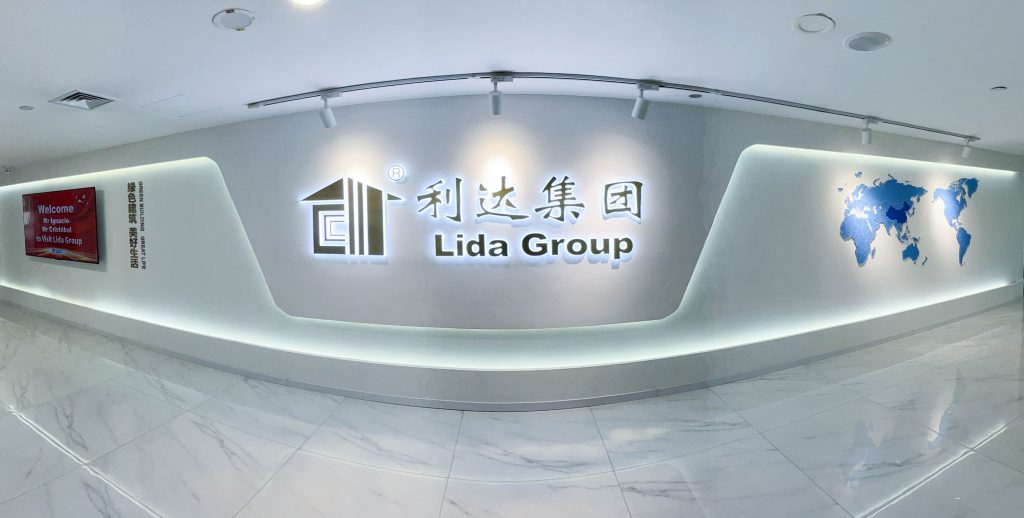
Related news
-
Customized Agricultural Solutions: Lida Group Engineers Climate-Controlled Steel Farm Houses with Modular Steel Frame Technology
2025-07-24 14:39:01
-
Drone-Surveyed Precision: Lida Group Implements Millimeter-Accurate Steel Structure Construction for Pharma-Grade Warehouses
2025-07-24 10:01:58
-
Lida Group Dominates Emerging Markets with Cost-Optimized Steel Frame Building Kits for Farm House & Warehouse Developers
2025-07-24 09:25:21
contact us
- Tel: +86-532-88966982
- Whatsapp: +86-13793209022
- E-mail: sales@lidajituan.com


